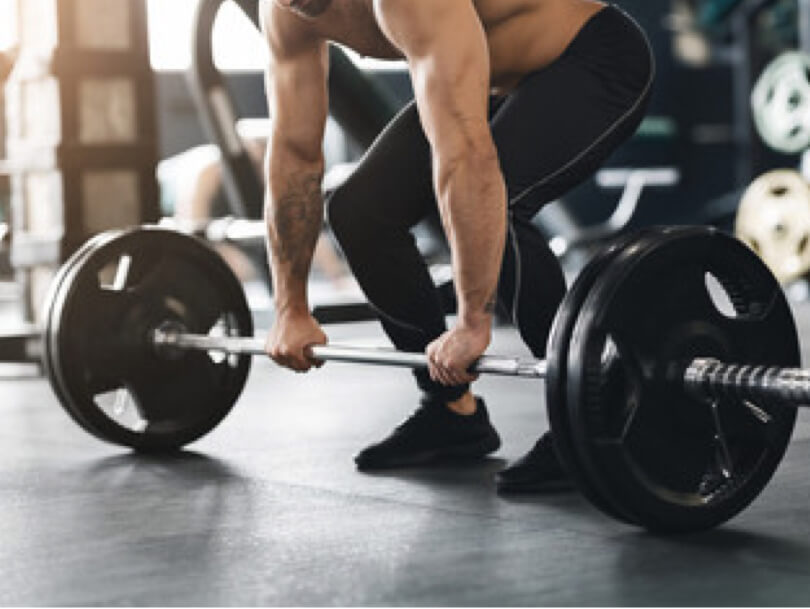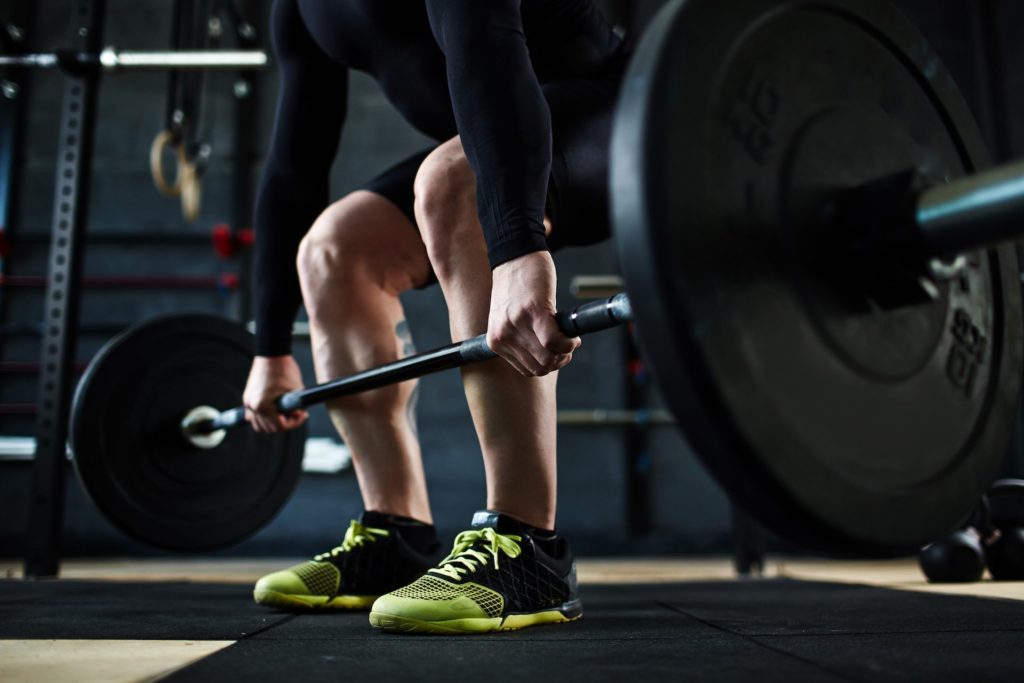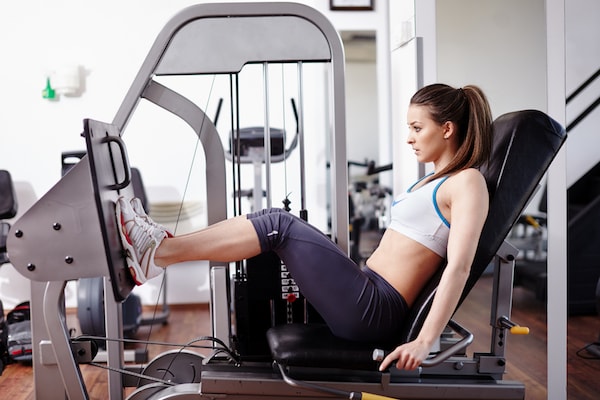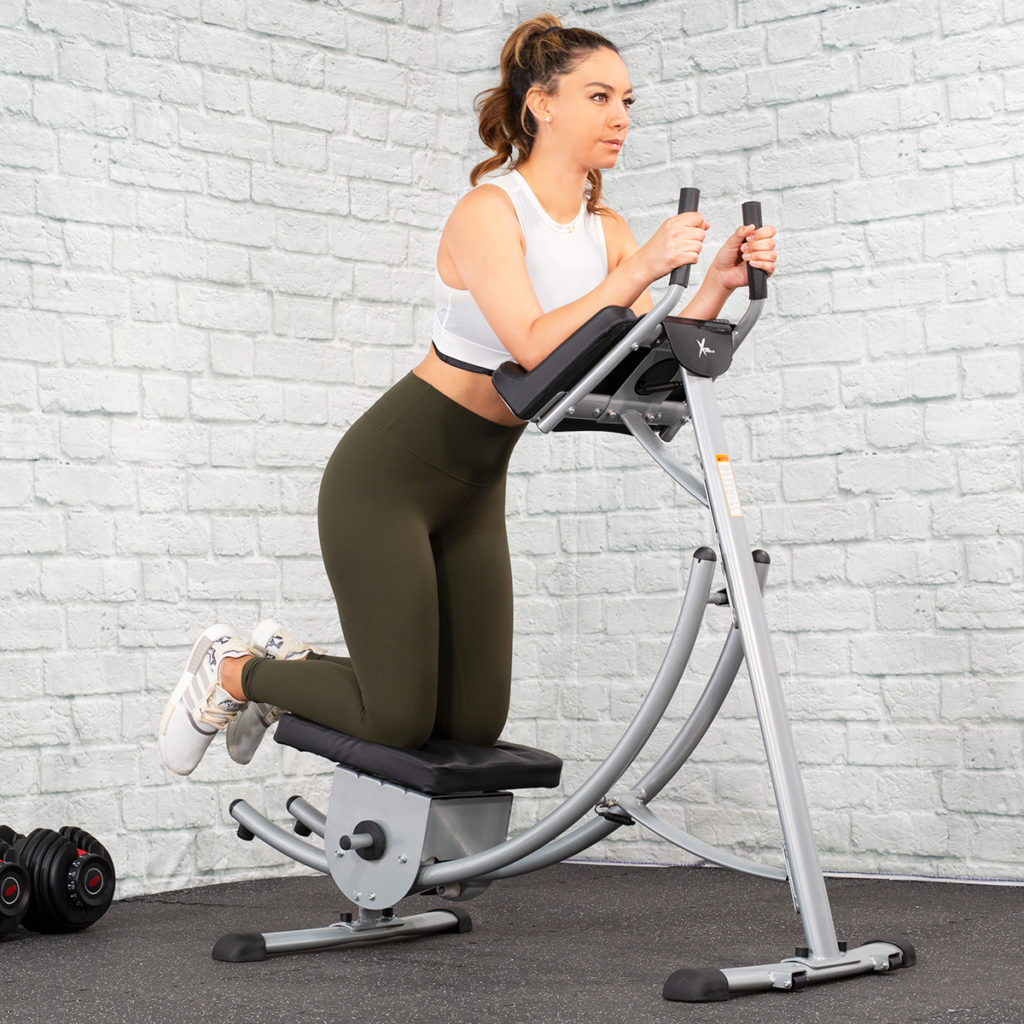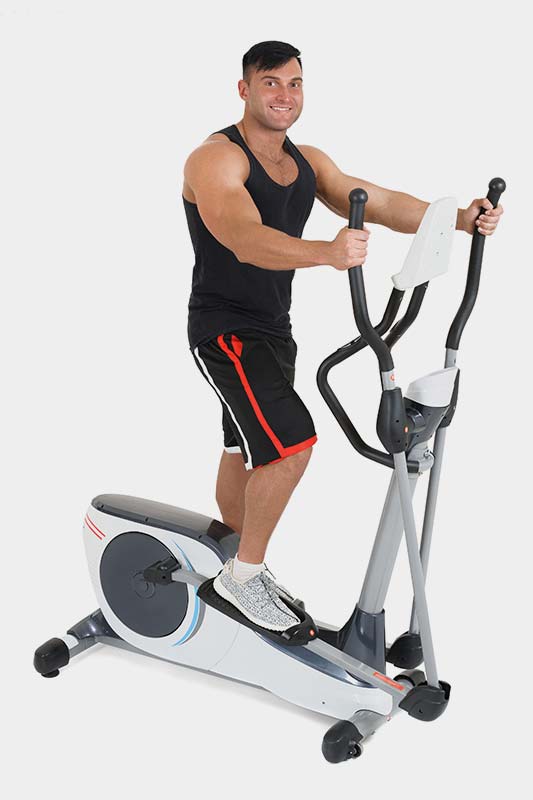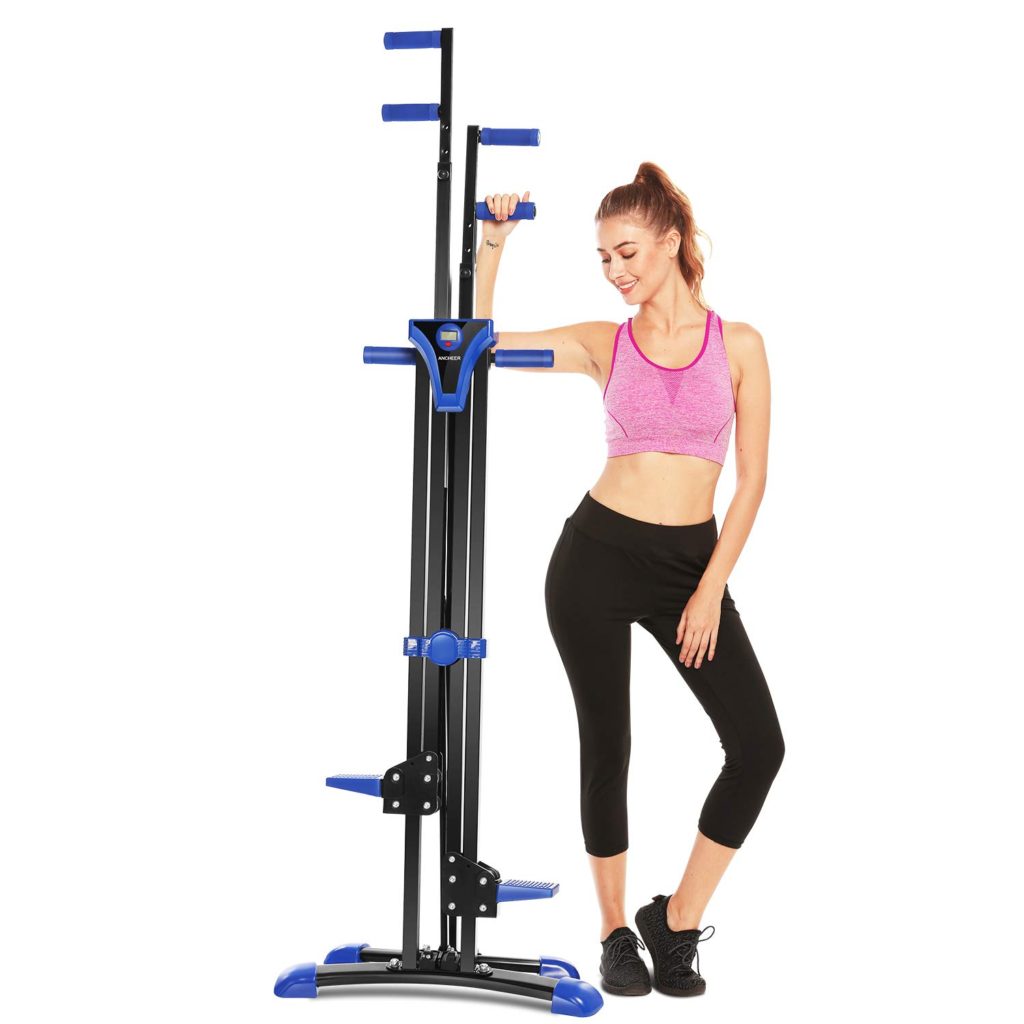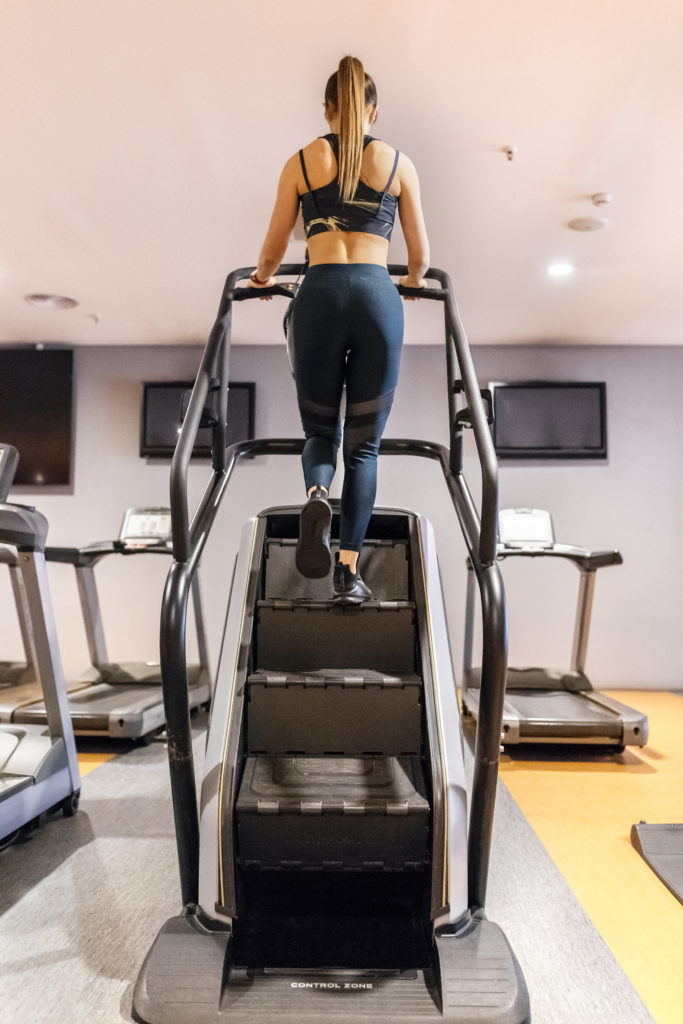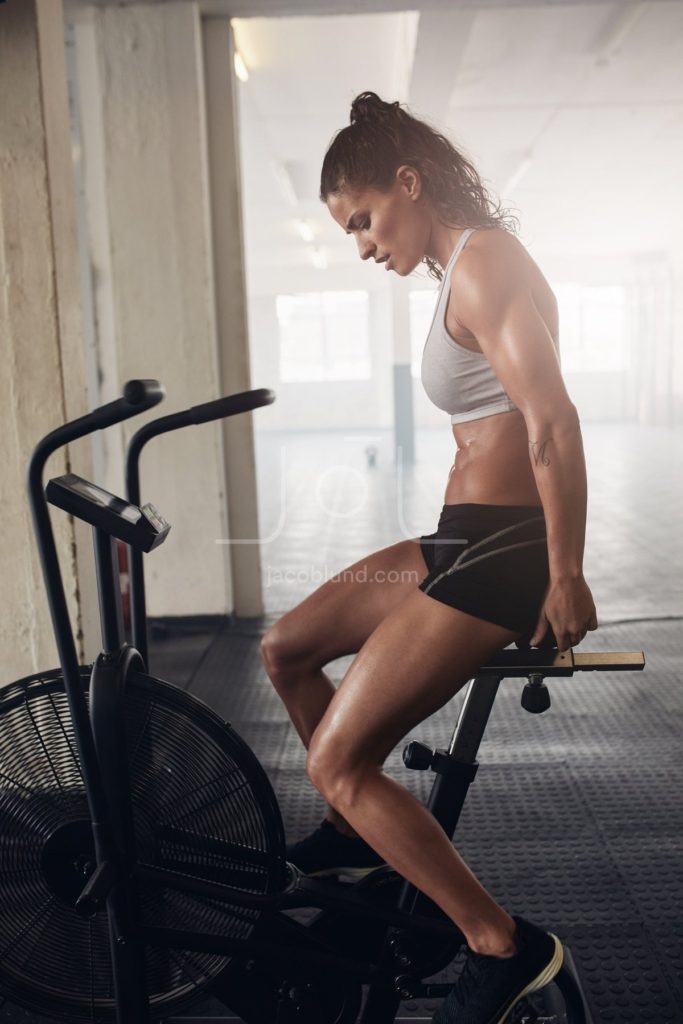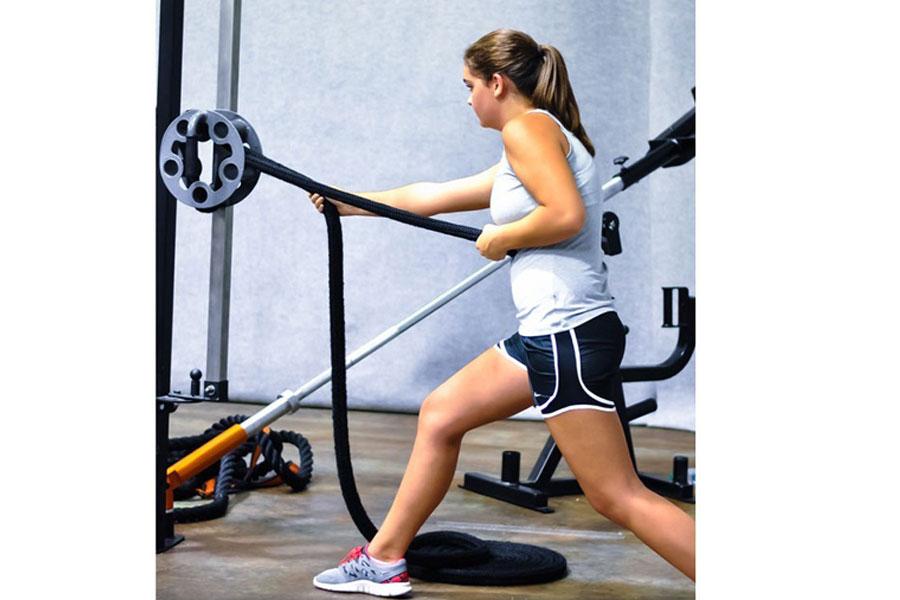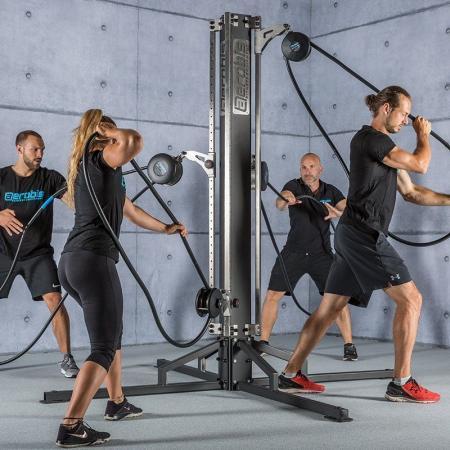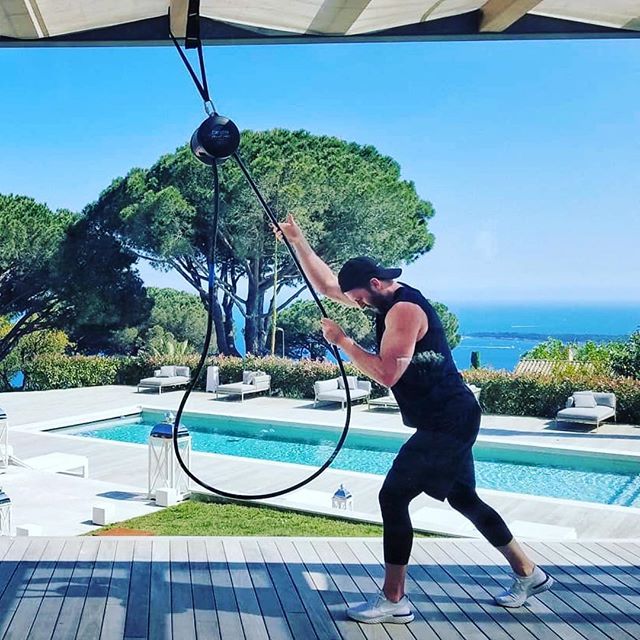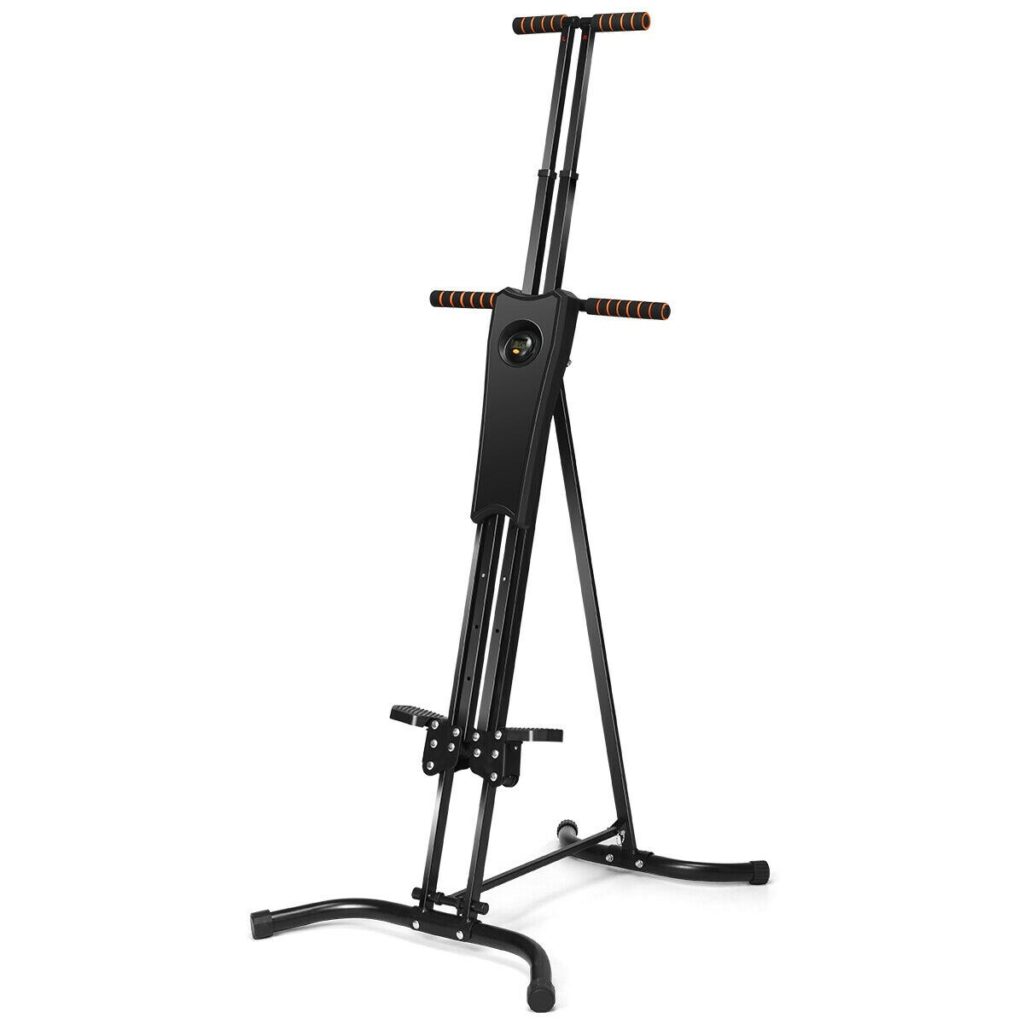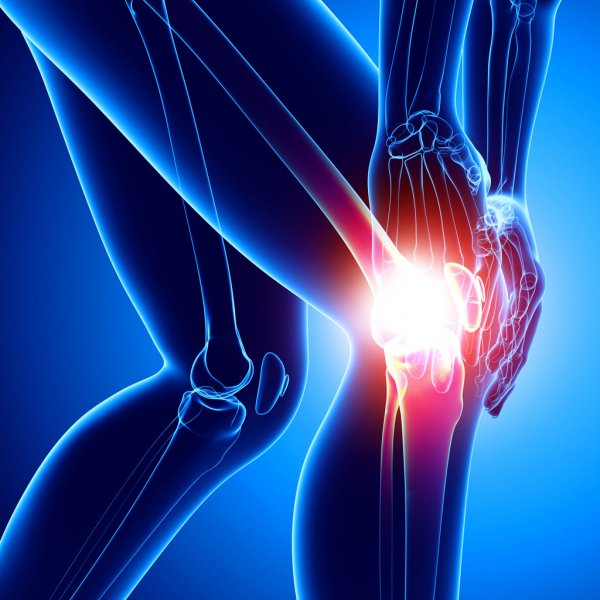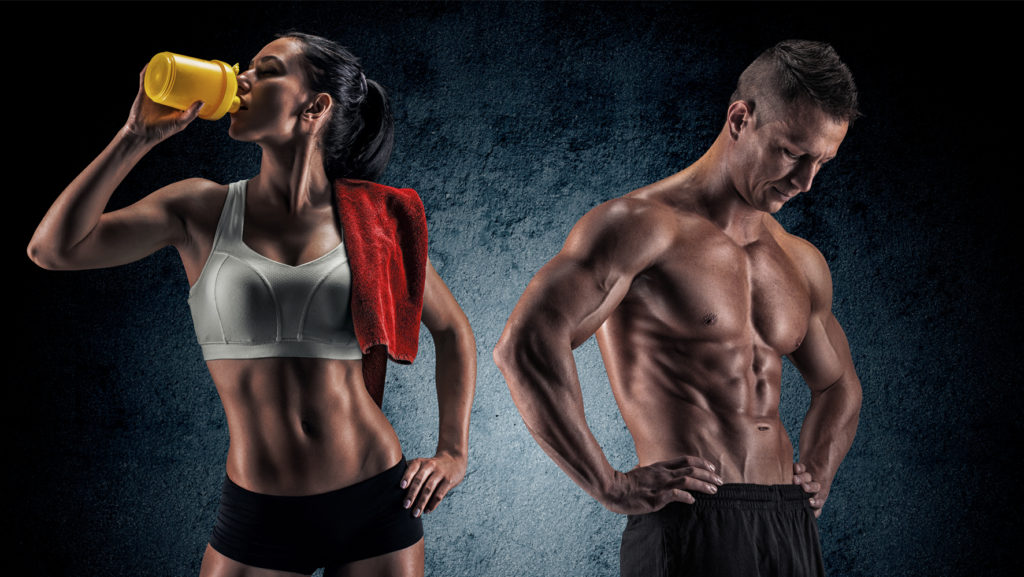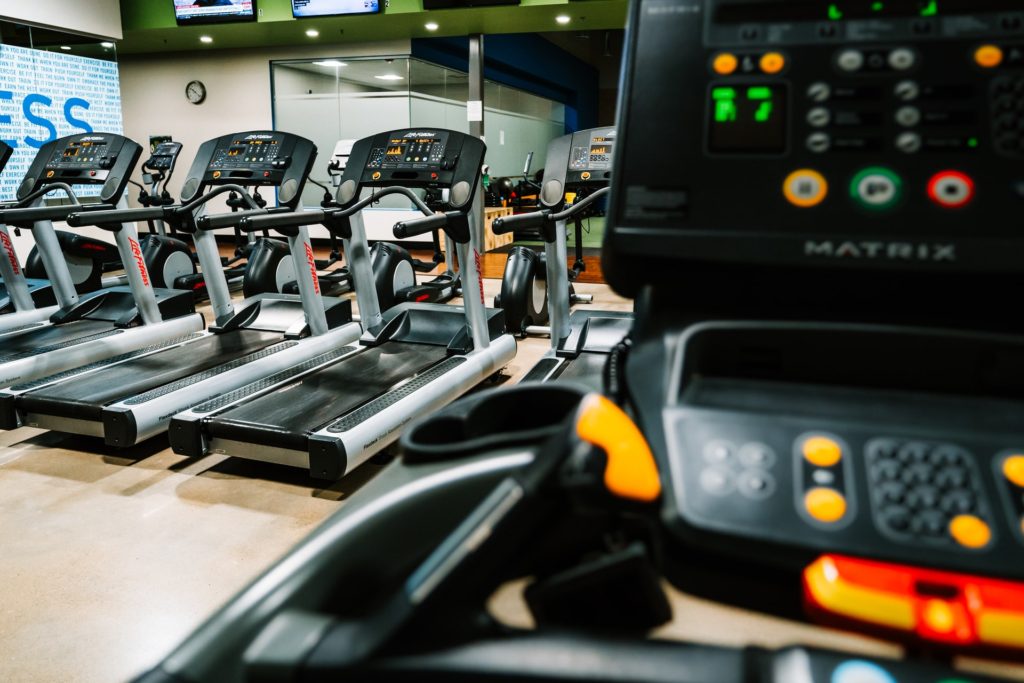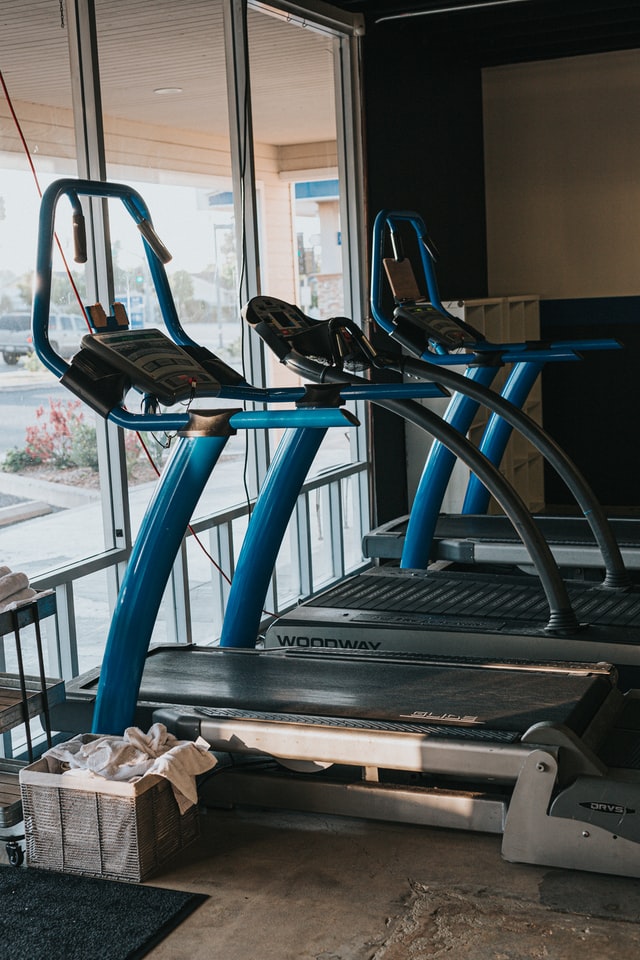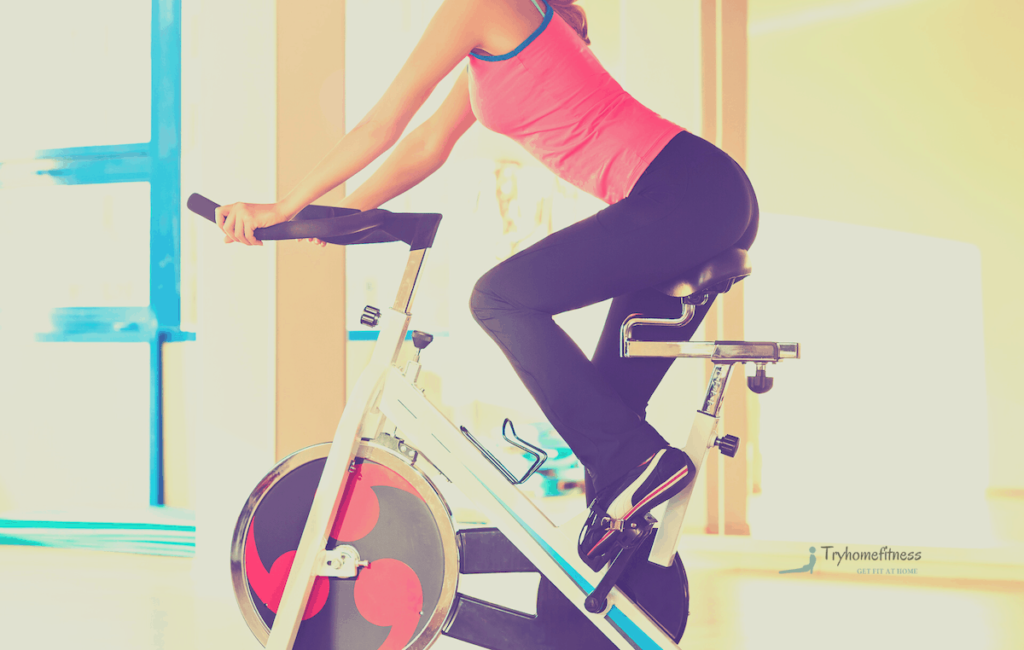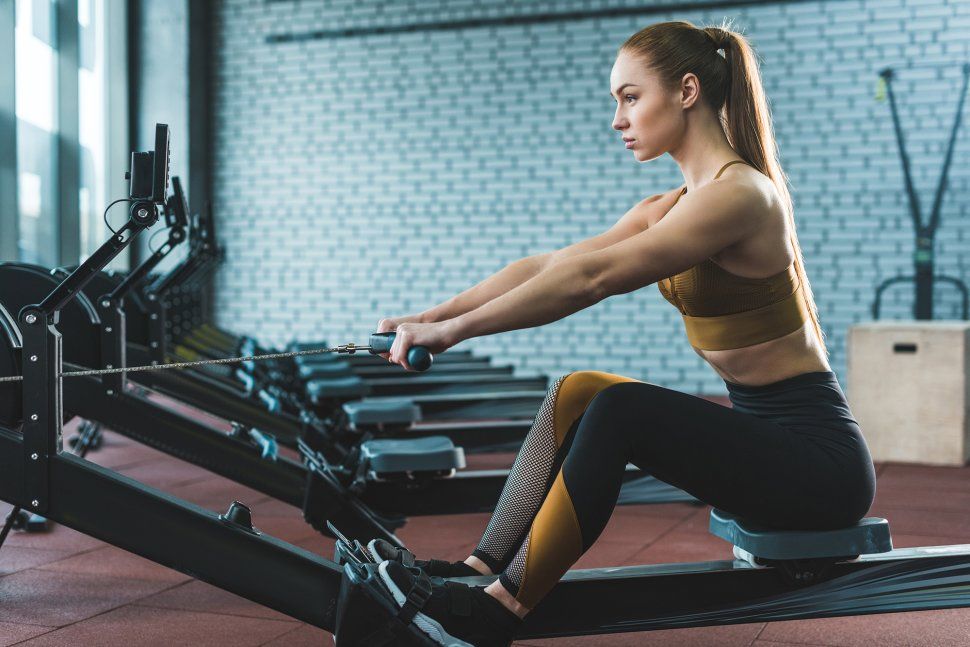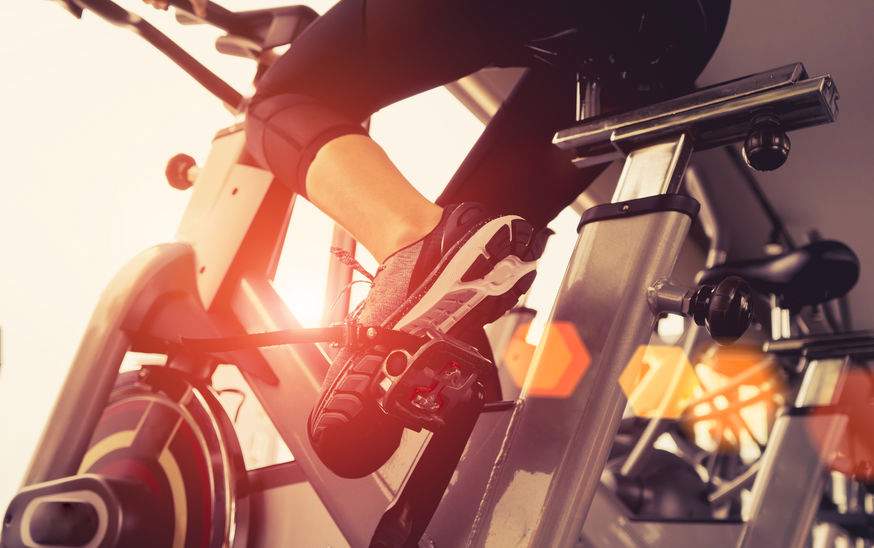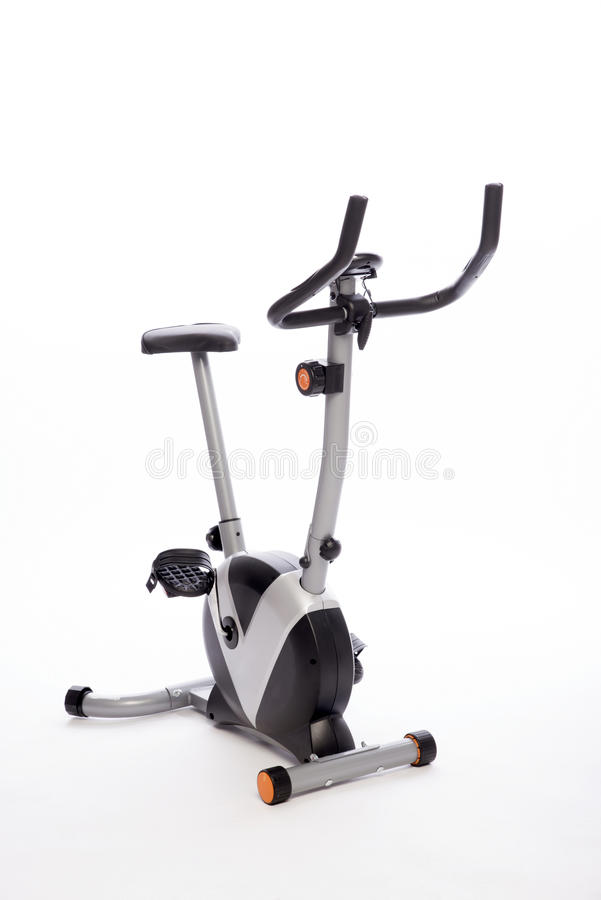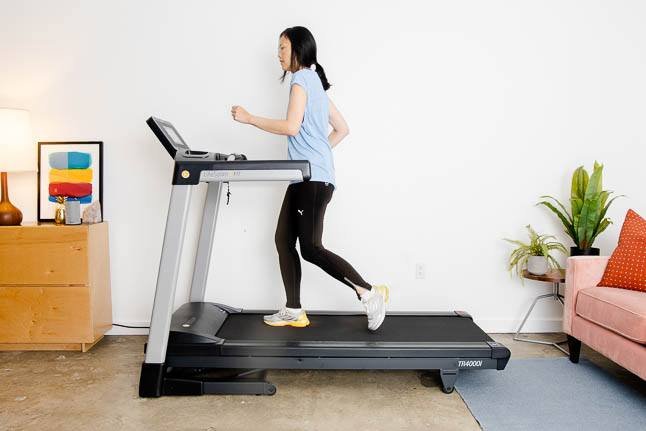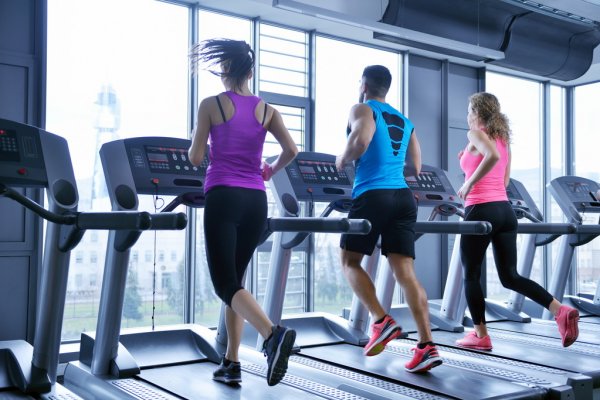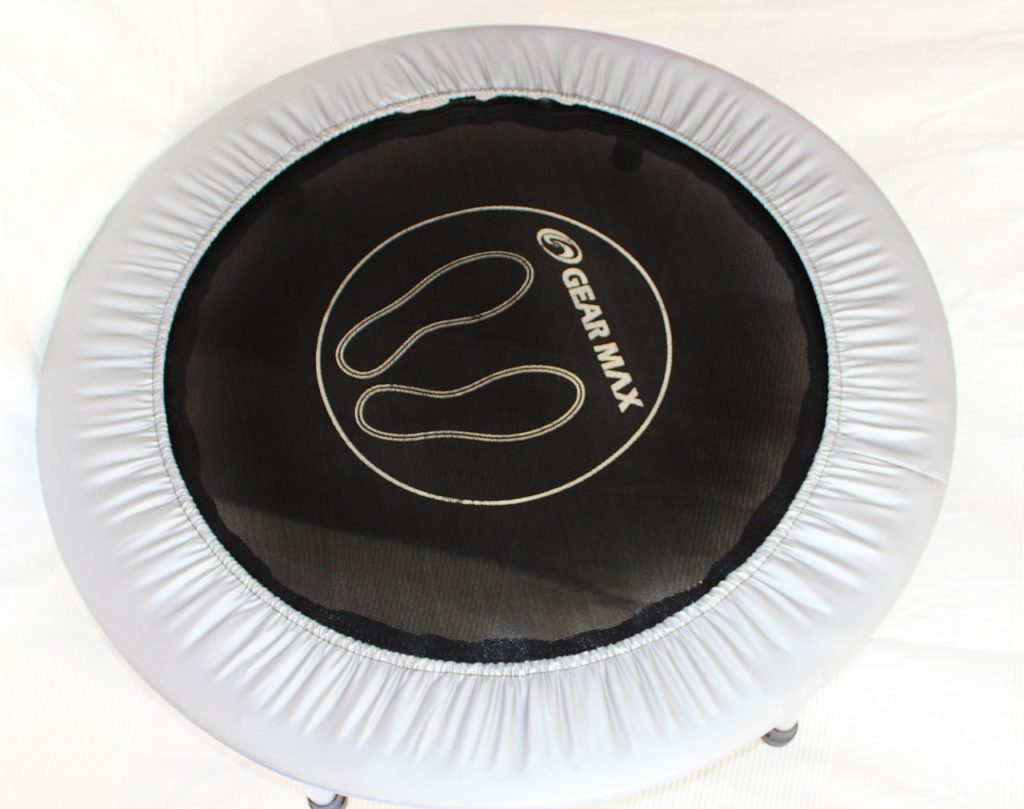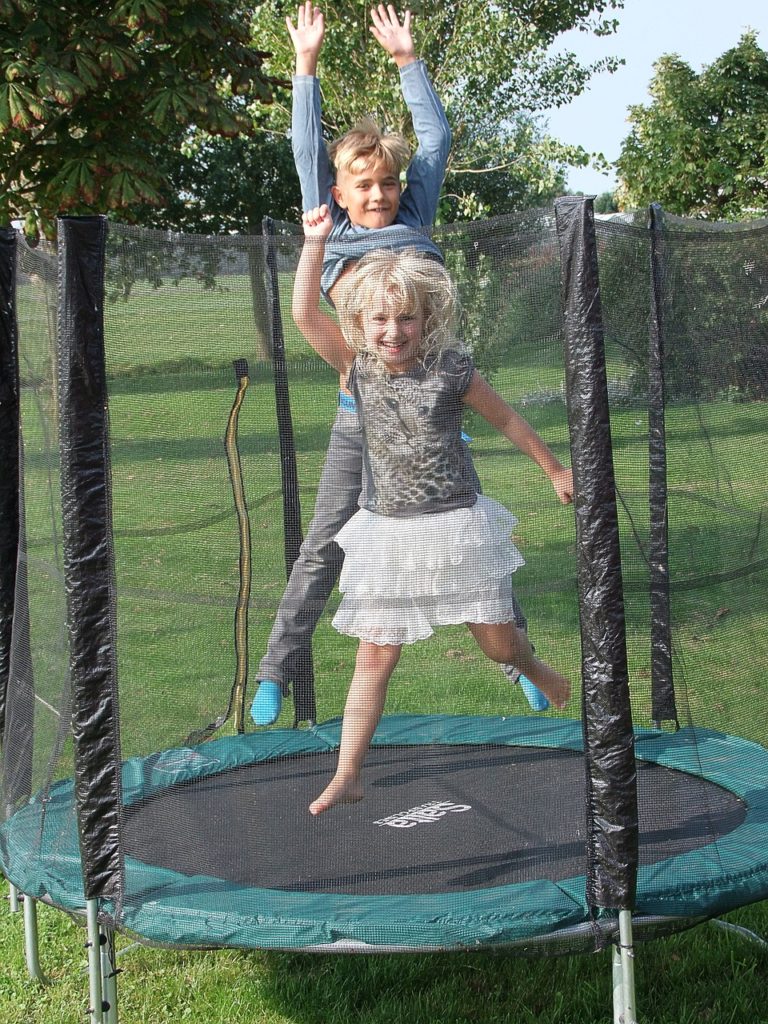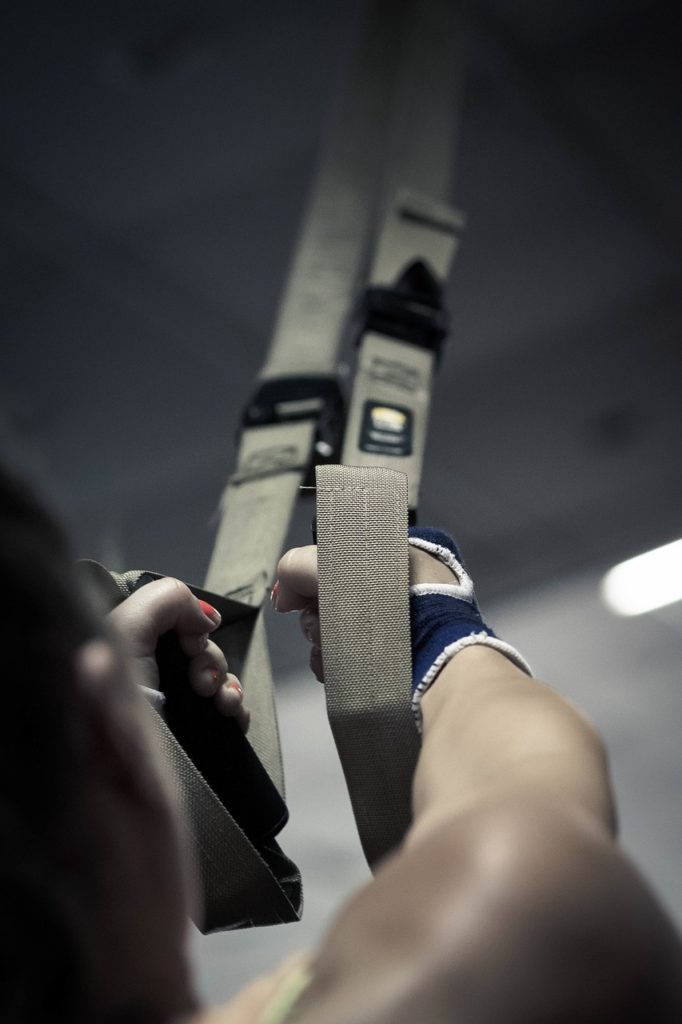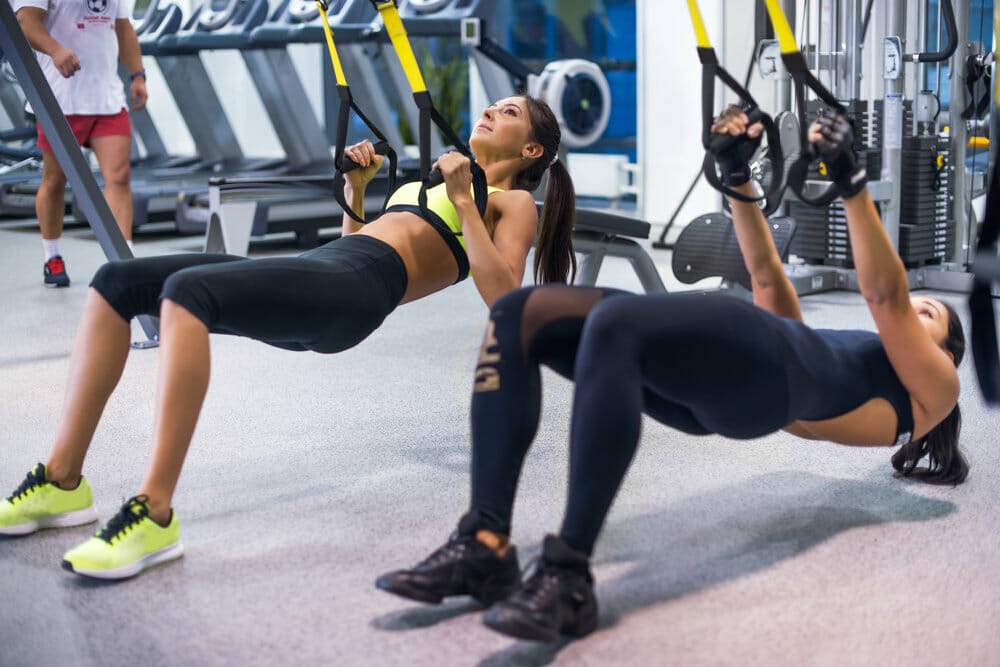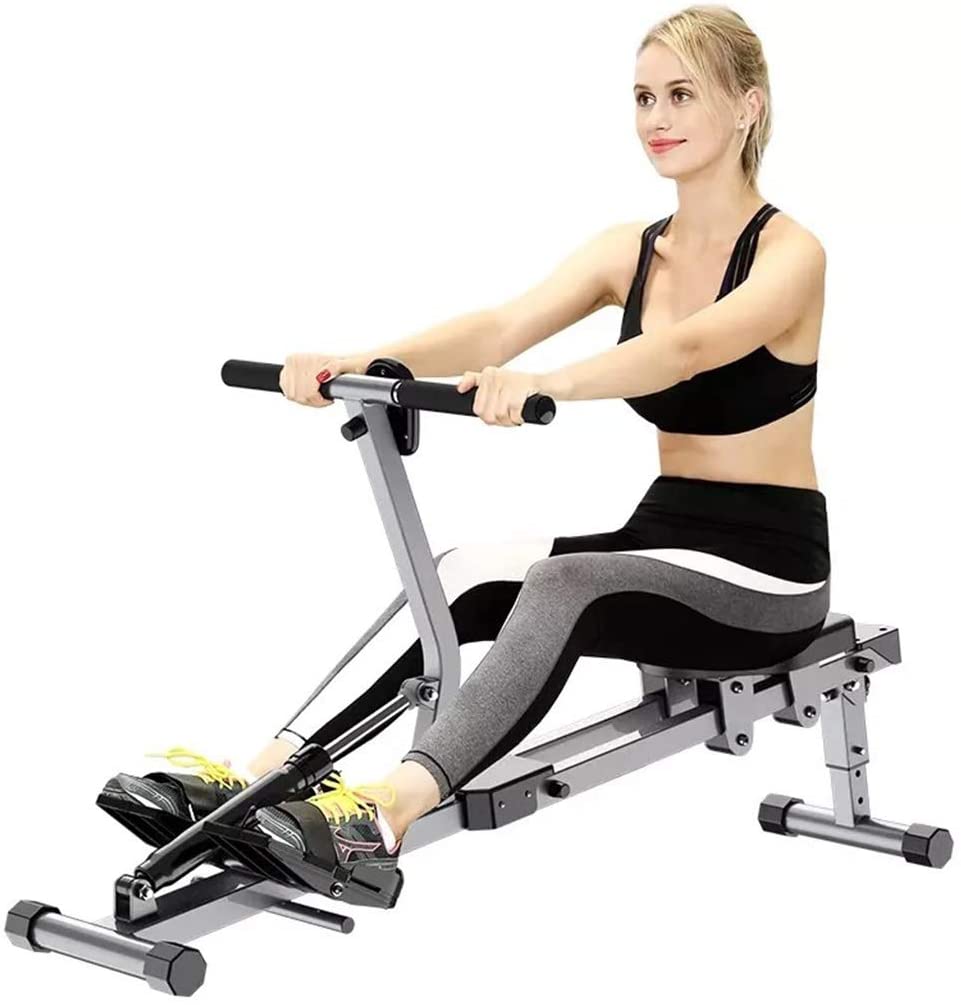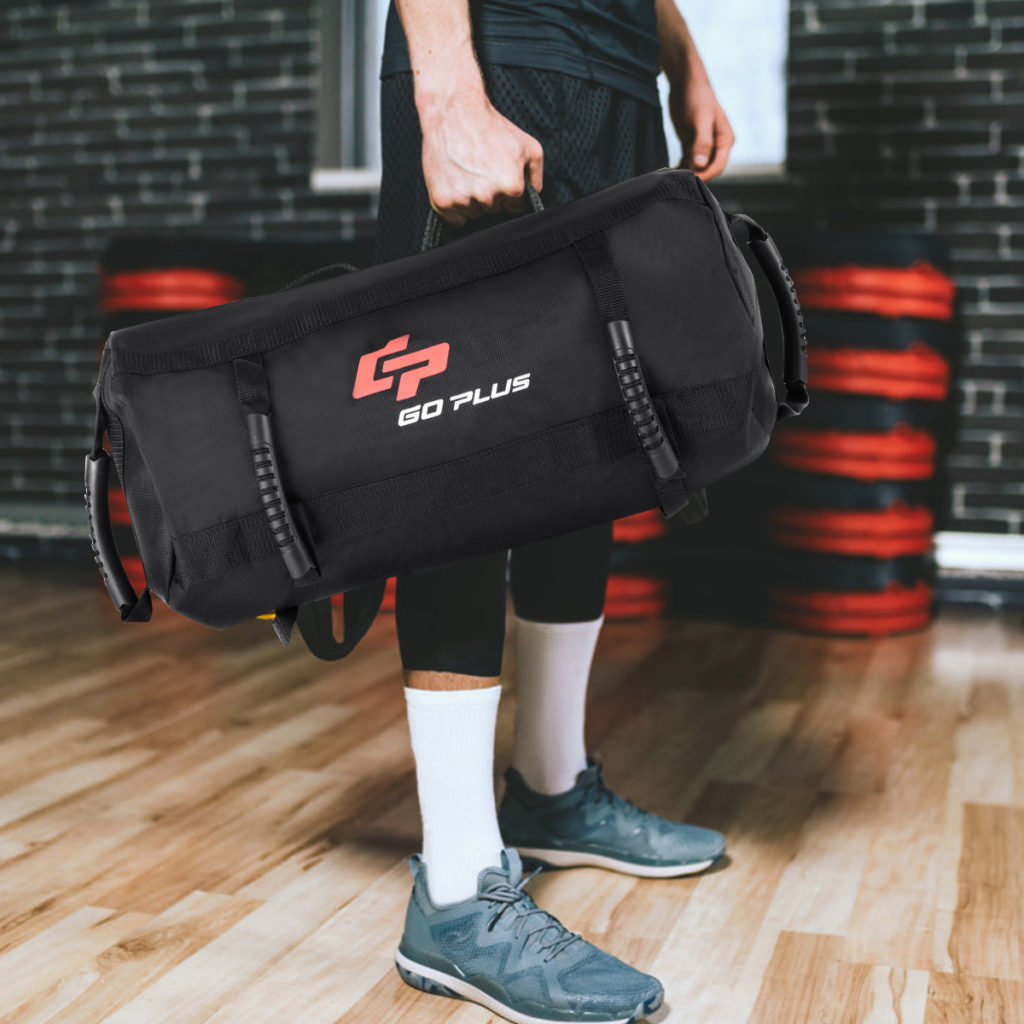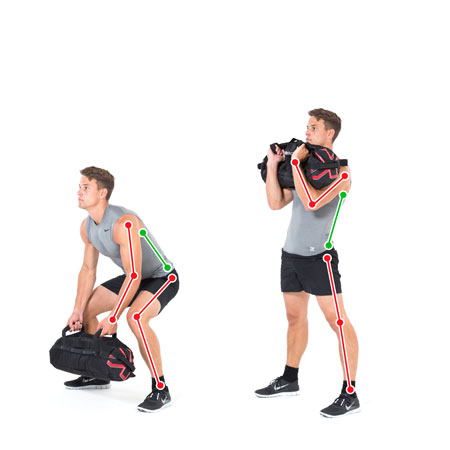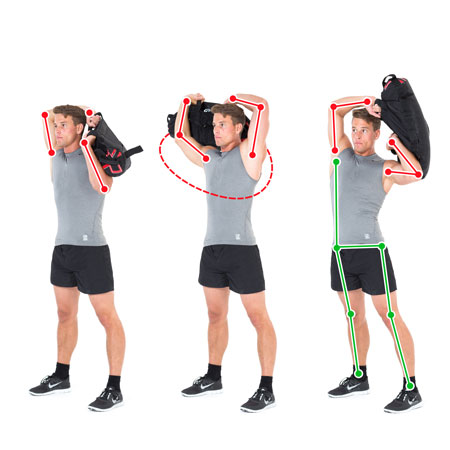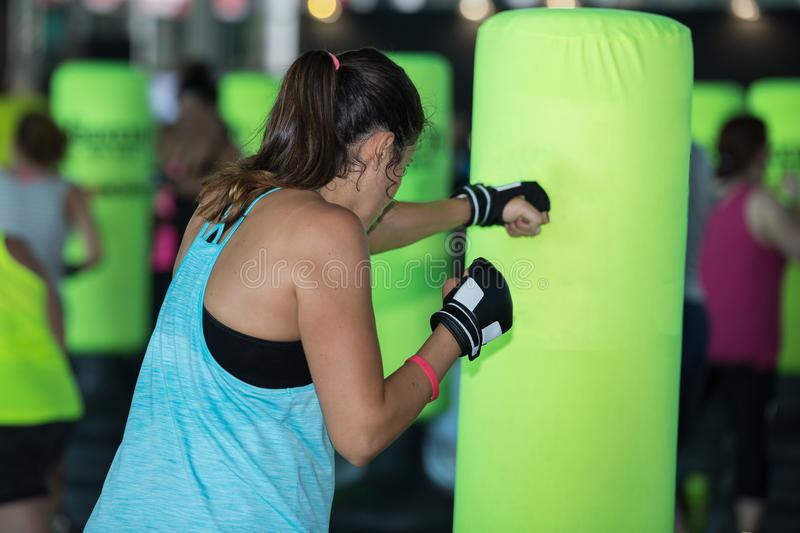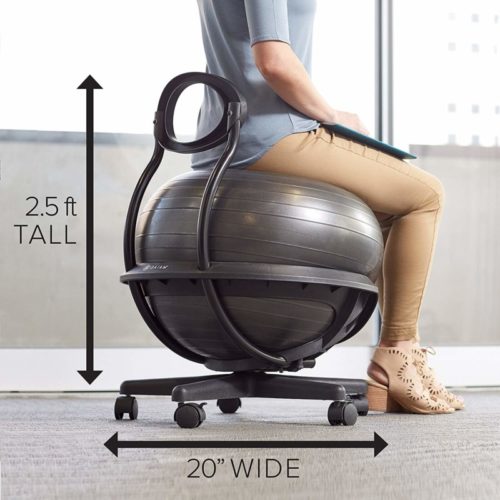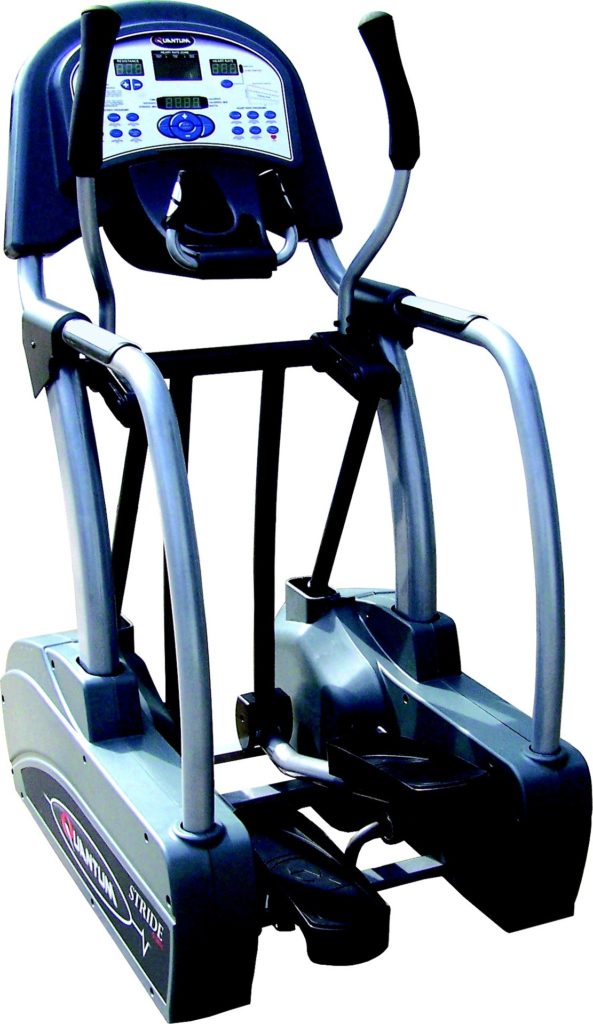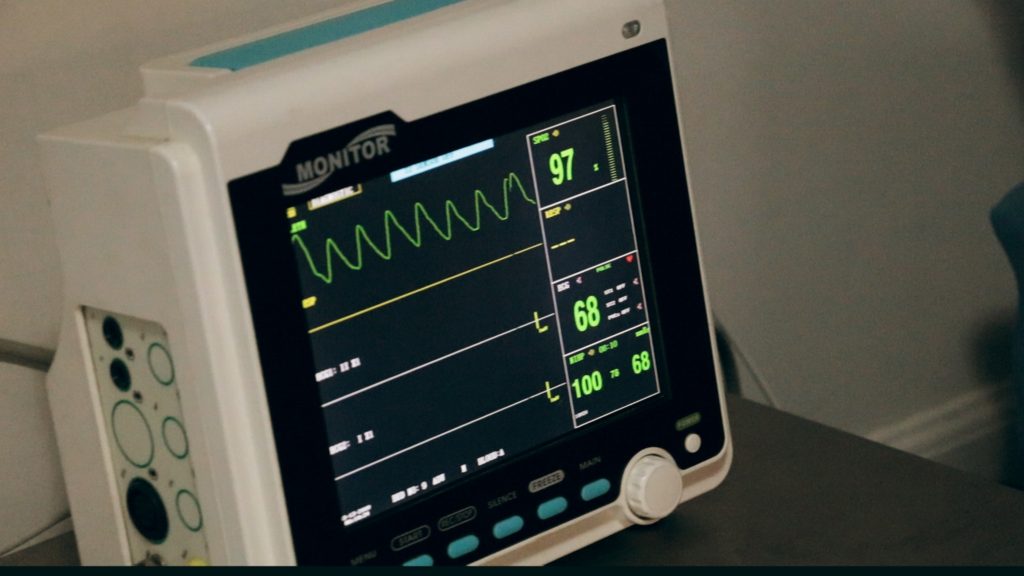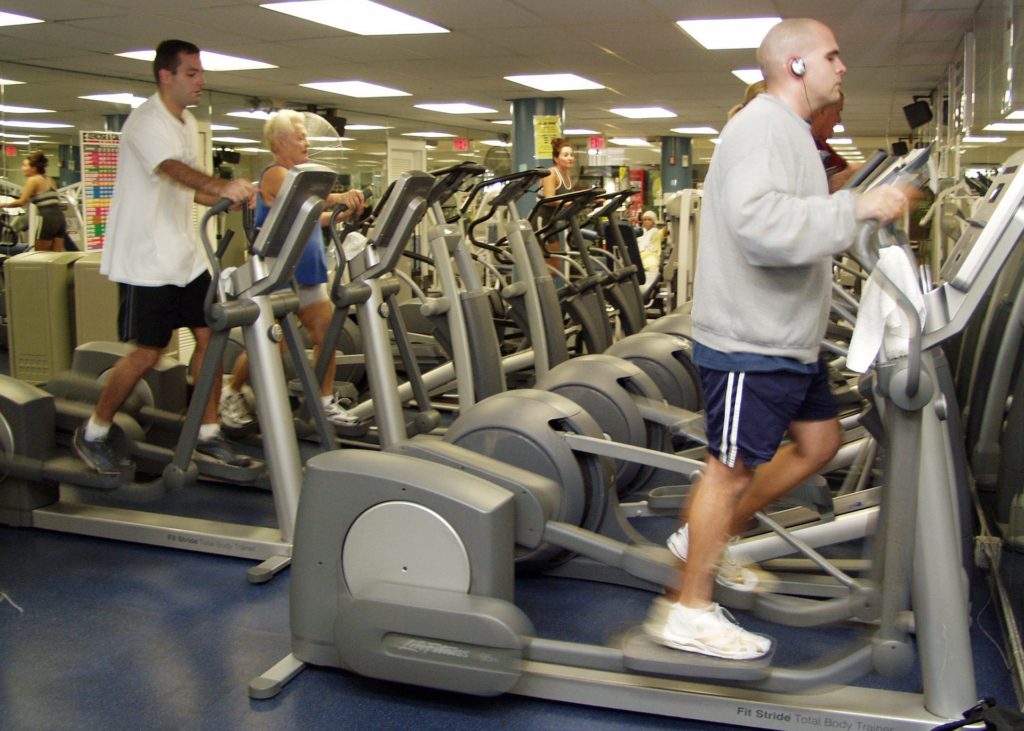Wishing to have all your exercise gear and gym equipment at home, but worried about the space? These days, the options are ever-expanding and plentiful for the space-conscious buyer, from the tried and true machines to new varieties, these are some of the best compact home gym equipment!
Folding stationary bike
Exercise bikes are a wonderful way to burn calories, build muscle in many areas, and get an effective cardio workout, which is why they’re one of the most popular pieces of exercise equipment on the market!
Their downside is they’re often bulky, and take up a lot of floor space, so not everyone has the ability and the means to keep them at home.
Enter, the folding stationary bike, one of the best forms of compact home gym equipment, as they are lighter weight, and their folding capabilities make them far easier to store and transport if needed.
Cost
On average, they run for about 150 up to 800 dollars, but as a general rule, they’re not very pricy and are fairly affordable and readily available for purchase, especially online.
More bells and whistles and extra features can increase costs but also add to your experience and enjoyment, so best to research all the features of the individual bike and purchase one that best meets your needs.
Pros:
Saves space, which can be at a premium in some cases
Easy to store, as they don’t take up nearly as much space as traditional exercise bikes, and their lighter weight makes them easier to move and transport to another room, or take with you on a trip if desired.
Portable
Less metal is generally used to produce these bikes, given their smaller size and foldable nature, so they weigh far less than other exercise bikes, and although they won’t ever be as light as a feather, they’re doable for the average person to move around, especially with tools if needed.
Cost-effective
A smaller size means fewer materials used to manufacture the bike, so this means a much lower cost for you in the end, which is always a welcomed option, as long as you’re not sacrificing quality for cutting costs.
Which thankfully, this isn’t the case here, as the folding exercise bike is mainly a smaller version of its traditional counterparts, but no less effective than their predecessors.
Easy assembly
With fewer parts, assembly of the folding exercise bike is a breeze, making you spend less time putting it together, so you can get more use out of your machine more immediately!
Instructions are easy to follow and you can have your machine set up in likely less than two hours.
Are an effective workout
Exercise bikes are a great cardio workout and come with varying levels of adjustable resistance settings, enabling you to tailor your workout to how you need and desire it to be, which increases user experience because it keeps things fresh.
Higher levels of resistance can up the intensity of your workout, and that leads to more calories burned, so more weight loss, helping you to get in better physical shape effectively and easily.
Cons
Lighter weight and construction
Because of the bikes lighter frame and build, they aren’t meant to handle as much weight as non-foldable exercise bikes, so they have a lower weight limit, and less durability.
That’s not to say they are weak and brittle, mind you, but examining the recommended weight limit by the manufacturer is a must to ensure you are getting a bike you can use safely and for a long time without it breaking down.
Fewer and more “basic” features
Wifi, Bluetooth compatibility, and other features that many non-foldable bikes have are often not an addition to their foldable counterparts unless you opt for a higher-priced model, but the lower end ones can be fairly bare-bones if one desires something more “modern”.
Summary of pros
- Easy storage
- Portable
- Lightweight
- Affordable
- Easy assembly
- Space-saving
- Effective home workout
Summary of cons
- Less durability than regular stationary bikes
- Fewer features
- Lower maximum weight limit
- Can be pricy with additional features
Muscle groups targeted with the use of exercises bikes
- Thighs
- Glutes
- Calves
- Arms
- Abs
- Cardiovascular system
Folding treadmill
Modern technology comes to the rescue again for compact home gym equipment and floor space-related woes, as the folding treadmill has many of the benefits of the larger, traditional variety, but many of the benefits one desires from a smaller model.
Cost
Folding treadmills can cost anywhere from 150 to 1,000 dollars, depending on features, size, and additional add-ons, so once again, shopping around is your friend here to select what you need, and none of what you don’t, effectively cutting costs and saving you money in the long run.
Pros
Easy storage
Can easily be stored in various places due to their smaller size, some are even small enough to fit under desks and beds; can’t get any easier than that!
Portable
No exercise equipment is going to be as light as a feather, but the folding treadmill is comparably lighter and more compact than other gym equipment, which makes it easier to move, especially when traveling or needing to transport around the house.
Effective workout and calorie burner
Running on a treadmill burns far more calories than regular running or walking on average, plus, you get the added benefit of being indoors using one, so it’s a lot more enticing and comfortable to use on days where you would ordinarily be hesitant to go out in inclement weather.
Can be used while multitasking
Folding treadmills are easily moved from room to room, so if desired, you can move it to your tv room and have something to focus on while getting your workout in, which alleviates the boredom that can come from running in place for minutes to an hour or so at a time.
Cons
Less durability
Folding treadmills have a lighter frame and lower stability than non-folding ones, so they can’t tolerate as much weight on them or as heavy running use.
More expensive and slightly heavier models solve this issue, but the lower cost and lighter weight varieties may not be what you are looking for if you’re a heavier set individual.
Not much variance in the workout so can be boring to use for extended periods
Treadmills generally have the same frame of motion, that is, some form of running, jogging, or walking, and many can find this boring and repetitive with regular use.
This can be solved while multitasking or watching television at the same time, but in general, using a treadmill isn’t the most exciting way of getting a workout done.
Limited features
Lower priced models can have very few modern additions and elements to them, as expected, in a similar way to the folding exercise bike, higher cost means more features and access to all the bells and whistles.
This can be expensive if desired and felt like a necessity, so it’s important to consider the way you will use your machine, and what features are right for you.
Summary of pros
- Portable
- Lightweight
- Easy storage
- Affordable
- Easy setup
- Space-saving
Summary of cons
- Fewer features in lower-priced models
- Can be boring to use
- Lower durability and weight limit than non-folding varieties
Muscle groups targeted during treadmill use
- Core muscles, such as the ribs, abs, and hips
- Thigh muscles, such as the front, known as the quads
- Back of the thighs, known as the hamstrings
- The glutes
- Cardiovascular system
Folding trampoline and mini trampolines
Trampolines aren’t just for kids! Minature and folding trampolines enable you to bring the fun and effective workout to your home and backyard, as their small and portable size makes them another great choice for compact home gym equipment.
Cost
Minature trampolines mainly cost anywhere between 100 to 400 dollars, depending on their size, and general build.
Pros
Smaller size saves space
Minature trampolines take up very little space, especially in the case of the folding varieties, so storing them and finding a place to use is a breeze.
Lightweight and portable
They’re very easy to move from room to room, and even take outside, if desired, so you need to cart them around for any reason, it’s no trouble at all.
Fun to use
Trampolines make exercise fun and enjoyable for anyone, so they’re one of the first ways children get introduced to exercise equipment, and how you can stay motivated to continue on your fitness regiment!
A wide variety of tricks, moves, and spins can be done on them, so it gives the much-needed variance to your workout that treadmills and regular running or jogging don’t offer.
Cons
Trampolines can be dangerous if misused
The main way injuries happen while using trampolines is when multiple people are on it at a time, and someone gets flown off the side from the vibration of everyone jumping, but this is easily combated by having one person on at a time, especially in the case of smaller trampolines.
Poor manufacturing can create additional dangers
If a spring is loose or the trampoline tears, something seen in many funny internet videos, this can lead to an injury if you get thrown off or fall through the trampoline, however!
Always best to err on the side of caution and opt for a more expensive model if it’s better built.
Summary of pros
- Fun and enjoyable to use
- Lightweight
- Portable
- An effective workout
- Easily set up
- Simple assembly
- Space-saving
- Very easy to use
Summary of cons
- Can cause injuries
- Some aren’t well made, heightening the risk of mishaps
- Best for singular person use
Muscle groups used during trampolining
- Hips
- Abs
- Back
- Thighs
- Legs
- Glutes
- Stomach
- Cardiovascular system
Suspension trainers
Suspension training is a great form of a full-body workout, and the trainers themselves are a wonderful form of compact home gym equipment.
Suspension training uses straps or slings attached to metal bars or other objects for support, then using the gravity of the suspended slings or straps, your body weight is then used to build up strength, muscle, and balance.
Suspension training is becoming more popular in recent years, especially with the introduction of the TRX(Total Body Resistance) method and kit made by the former Navy SEAL Randy Hetrick.
Regardless of the method or brand of the trainer you use, suspension training can have many benefits and is easy to learn and get into.
Cost
Suspension trainer kits range from 90 to 250 dollars, so not a bad deal for getting set up, especially for a tool you can use in most places.
Pros
Can be used in a wide variety of places
Suspension trainer kits can be used mostly anywhere, and the slings can be hung from doorframes, ceilings, or other high points found around the home and outside, so setting up and getting started is a flash.
Easy setup
Because suspension training uses mainly straps or slings, setting up is very easy; just find a stable and safe point in which to hang them from, make sure it’s correctly attached, and you’re good to go!
Portable and lightweight
The kits are filled with portable and lightweight straps, which can easily be taken anywhere you wish, such as any area of the house, backyard, the beach, or even on trips.
Easy storage
Storing them requires very little, as you can likely put them in a drawer or shelf for easy access later and then set them up when you’re ready to use, so doesn’t get simpler than that.
Functional training
Suspension training works muscles that are commonly used in and for everyday tasks, such as stretching and reaching, carrying heavy objects, climbing, bending over, squatting, and more.
Cons
Risk of injury, especially to those new to suspension training
Suspension training can pose a risk of injury, especially to those without enough core strength, due to its heavy reliance on such, and straps can be unsecured if not properly and firmly anchored to a correct or stable object.
Not very easy for beginners
Using suspension trainers can be awkward and difficult at first, and as such are equipped with a bit of a learning curve, so some may find that frustrating and give up before seeing its full range of benefits.
Pros summary
- Easy to store
- Lightweight
- Can be used anywhere
- Easy set-up
Cons summary
- Risk of injuries if new and unconditioned
- Risk of injury if straps are not secure
Muscle groups targeted by suspension training
Suspension training targets a wide variety of muscle groups, especially the core muscles, such as the abs, ribcage, and hips, along with the shoulders and chest.
It can be tailored to work for any muscle groups you feel more inclined to work on and is an effective form of cardiovascular exercise and for lowering blood pressure over time with consistent use.
Folding rowing machine
Rowing machines are an amazing full-body workout, and low impact as well, making them able to be used by novices and experts alike!
But the issue is they typically take up quite a lot of floor space, however, folding options exist, making them another excellent choice for compact home gym equipment.
How they stack up below!
Costs
Anywhere from 200 to 800 dollars or more, higher costs dictate more preset programs and additional features, though any lower than 200 severely sacrifices quality and stability, so it’s important to bear in mind that you get what you pay for.
Pros
Can be kept in homes and spaces regular-sized rowing machines could not
Rowing machines are large and bulky, making them an unwise choice for apartments or other small spaces, but the folding varieties solve this issue by being smaller and lighter, thus taking up less space in your home.
The lighter weight makes it easier to move
Folding rowing machines, like the other folding home gym equipment on this list, are made with smaller frames and are lighter weight, which makes moving them far easier, especially if having to travel or move them to another room.
An effective low impact form of exercise, in a more convenient size
The benefits of rowing machines have been discussed before on this blog, and those don’t change for their foldable counterpart.
They put very little strain on the joints, making them a great choice for those recovering from an injury or with chronic muscle pain and other issues.
An effective calorie-burning tool
Rowing machines burn large amounts of calories for the time used and level of intensity, and the folding version is no exception!
Rowing at a moderate pace during a 30-minute workout is said to burn around 210 calories for a 125-pound person, not bad!
Pros summary
- High calorie burn
- Low impact
- Easy storage
- Fairly priced
- Easy to use
- Space-saving
Cons
Improper form can lead to back pain
Misuse of the machine can put a strain on your back, thus making it sore or aggravating the nerves, so proper use is a must.
Can be noisy
Rowing machines aren’t known to be as quiet as a mouse, unfortunately, and the same is true for folding ones, and they can be especially noisy when using them at a faster pace and higher intensity, so might disturb others living in the house or neighbors.
More expensive models rectify this issue, but they can be very pricey.
Con summary
- Noisy
- Can lead to injuries or pain with improper use
- Quieter models or those with additional features can be expensive
Muscle groups targeted while using a rowing machine
Rowing machines target and activate more than 80 percent of your muscle mass, making them an amazing full-body workout.
In particular, rowing targets your
- Hamstrings
- Glutes
- Calves
- Thighs
- Abs
- Shoulders
- Back
- And chest
It’s no wonder rowers are a staple for many home gyms and other at-home fitness setups!
And thankfully, the folding rowing machine brings all those benefits to more locations with it’s smaller size and folding capabilities.
In conclusion, one does not have to necessarily sacrifice quality or progress towards their fitness goals as a result of limited spacing inside the home or backyard, as modern technology enables a wide variety of compact home gym equipment at affordable prices to choose from and make use of, just a few of which are included in this list.
I hope this has aided you in your search for home gym equipment that can fit within your small home, room, apartment, or backyard, and that it helps you towards your health and fitness goals!
Thank you for reading!
